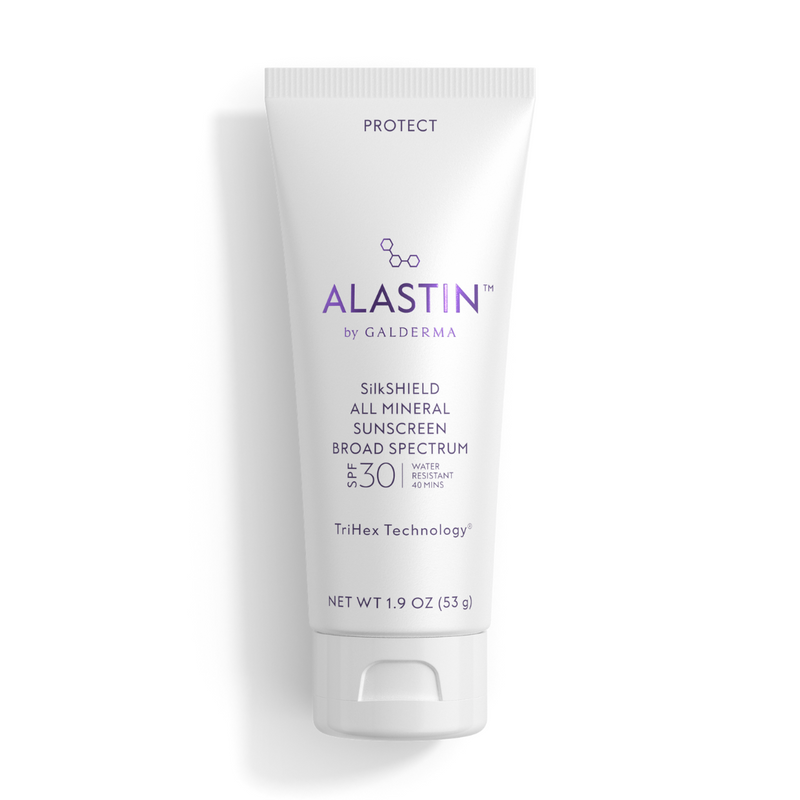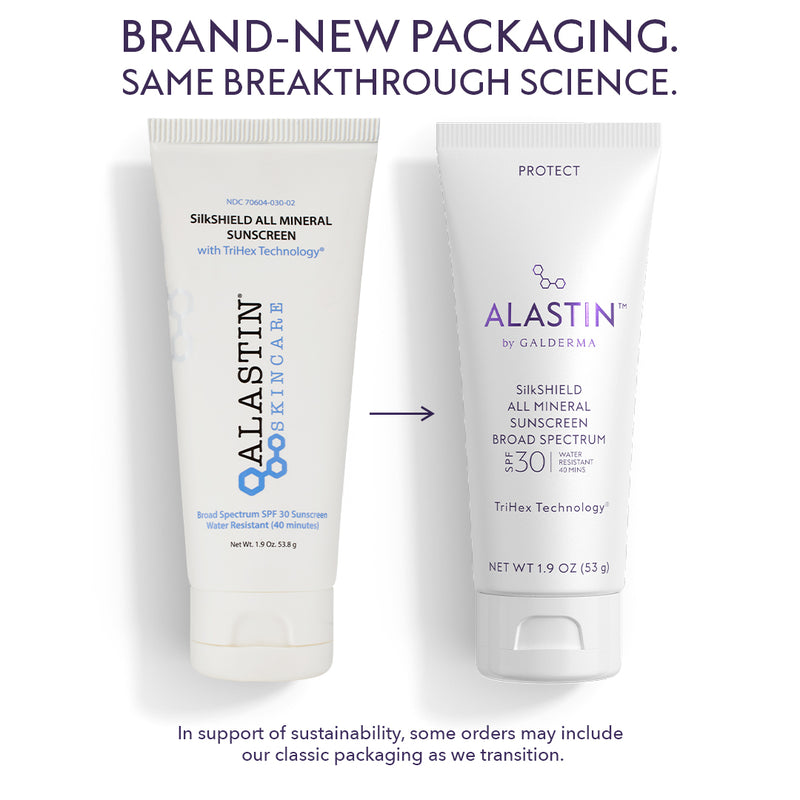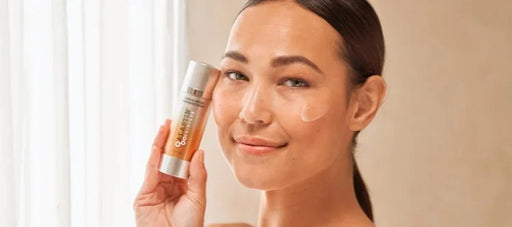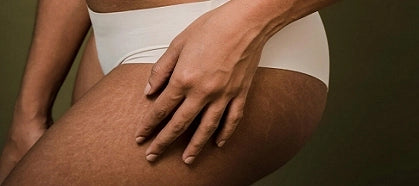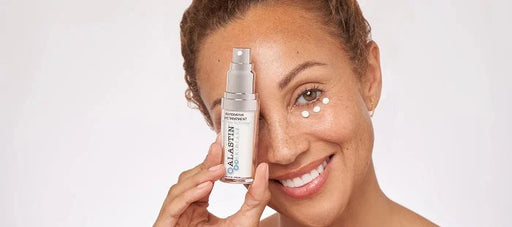You have no items in your bag
A Guide to Scars: Causes, Types, and Treatments for Scars
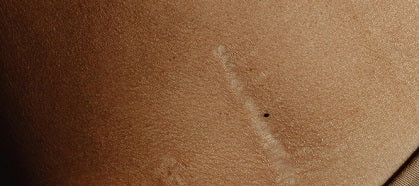
"Scars mean you survived," is more than just an old saying; it's the truth. But just because you experienced life to the extreme doesn't mean you have to wear your scars as a badge of honor. In fact, with the right knowledge and treatment, you can minimize the visibility of scars and let your resilience shine brighter.
In this guide to scars, you'll learn the most common causes of scarring, the types of scars, and the best treatments for scars, plus tips on how to prevent scarring.
Causes of Scarring
Most scars are caused by cuts, scrapes, and burns. If you've ever suffered a paper cut, you know that not every cut leaves a scar. Cuts and burns that damage the deeper layers of the skin are the most common culprits for scarring, but you can also scar after surgical incisions, skin conditions or diseases such as chickenpox, and rapid skin stretching from pregnancy or growth spurts. Some people are more genetically predisposed to scarring than others.

Types of Scars
The kinds of scars that can form after damage to the skin depend on their cause and how your body responds during the healing process.
- Fine-line scars commonly form after a wound or surgical procedure. They start raised and may be red in appearance, and they gradually become flatter and paler over time. The fading process may take up to two years.
- Keloid scars happen when the body produces too much collagen during the healing process and can be painful or itchy. The scar tissue continues to form after the wound has healed and can cause discomfort if it is near a joint. Keloid scars will be red or purple to start with and may become paler or darker with time. Some people are more likely to experience this type of scarring due to genetics.
- Hypertrophic scars are similar to keloid scars but do not continue growing past the border of the original wound. However, they grow thicker for up to six months.
- Atrophic scars are also known as pitted or ice-pick scars. They typically occur after skin conditions or when there is a loss of underlying fat in the wound area, causing the scar to appear sunken.
- Scar contractures happen after a burn and cause the skin to tighten.
How to Treat Scars
Scars will not disappear permanently, but there are treatments for scars that can help minimize their appearance. These range from topical treatments to plastic surgery. To decide which treatment will work best for you, talk to a dermatologist about your options.
- Silicone gels and sheets are topical skincare for scars products that help keep the wound hydrated and covered, which can improve the appearance of scars.
- Massage the area for a few minutes each day to help break up the scar tissue and ensure collagen forms more evenly. Using lotion for the massage will also help keep the area moisturized.
- Use broad-spectrum sunscreen to protect the newly formed skin from sun exposure. A minimum SPF of 30 is recommended.
- Injection treatments like corticosteroids can treat keloid or hypertrophic scars, while filler injections are used to combat atrophic scars.
- Treat the surface with dermabrasion, chemical peels, or lasers if the scar is more stubborn. A dermatologist can help you determine which surface treatment will work best for you.
- Surgical treatments may be used in more extreme cases. Speak to a plastic surgeon to discuss your options.
How to Prevent Scarring
Ways to prevent scarring include some of the treatments mentioned above: keeping the wound moisturized, massaging the area daily, and protecting it against sun exposure. Additionally, here are some key ingredients that are especially helpful in scar prevention:
- Peptides: There is some evidence that peptides may help reduce scarring by supporting the natural healing process and reducing the appearance of flat or raised scars.
- Vitamin C: This antioxidant can reduce the redness and discoloration associated with scars, but it cannot help with their thickness.
- Allantoin and onion extract: These plant-derived ingredients have skin-hydrating, softening, and calming properties that may support visible healing.
Unless you live life in a bubble, it's difficult to avoid scars completely. Knowing how to treat damaged skin to prevent scar tissue from forming and to reduce the appearance of scars is key to keeping your skin smooth and beautiful. When at-home treatments are not enough, visit your dermatologist to learn more about the treatments for scars they offer.
Sources:
1. https://www.nidirect.gov.uk/conditions/scars
2. https://www.aad.org/public/dis eases/a-z/keloids-symptoms
3. https://www.stgeorges.nhs.uk/wp-content/uploads/2021/09/Scar-scar-massage.pdf
4. https://www.sciencedirect.com/science/article/abs/pii/S0024320519311026
5. https://patient.info/news-and-features/the-scar-cream-ingredients-to-look-out-for
$220.00
$78.00







